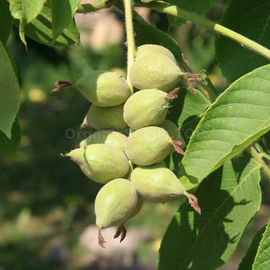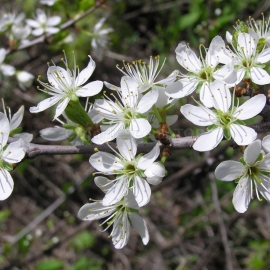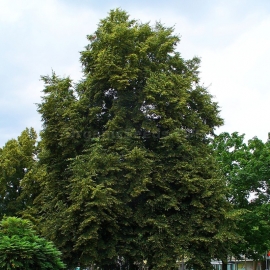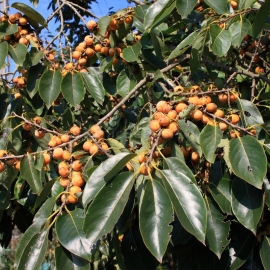






Organic monkey nuts (Juglans mandshurica)
3.00 €
A species of deciduous monoecious trees or shrubs of the genus Walnut. The natural range of the species is Manchuria (northern China), the Far East (Primorye and Amur region), as well as the Korean Peninsula.
-
Total Comments: 0
With this product buy
Product code: 3057
2.00 €
A small thorny shrub from the genus Plum, 3.5-4.5 m high, less often a low-growing tree no higher than 8 m, growing, forms dense thorny and impassable thickets, edible fruits similar to a plum, up to 12 mm in diameter.
Product code: 11829
1.14 €
Shrub up to 2 meters high, with widely spreading branches drooping at the ends, purple-violet flowers with a honey aroma, up to 1.5 cm, blooms annually and abundantly from July to September.
Product code: 12447
1.14 €
The tree is up to 25 (30) m high, the bark is dark gray, lamellar exfoliating in old trees, sometimes to a greater extent with deep grooves. the bark of young twigs is glabrous, brown-reddish, the shoots are at first with silky white pubescence, which soo
Product code: 15018
3.00 €
The tree is 15-20 meters high, berry-like with juicy flesh, yellow when grown, 1-2 cm in diameter, edible and contains a lot of sugars, malic acid and vitamins, found in food fresh, caught by frost, often dried.




